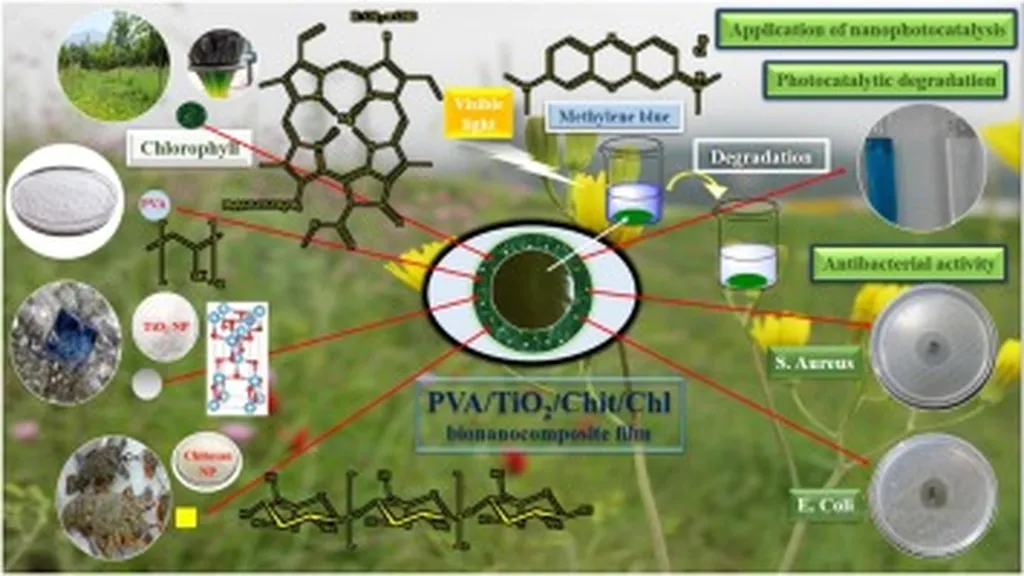In the quest for sustainable and cost-effective materials, researchers have turned to nature’s own building blocks. A recent study published in the journal *Next Materials* (which translates to “Next Materials” in English) explores the creation of nanostructured films using chitosan and chlorophyll, two non-toxic and low-cost natural materials. The research, led by Sara C.B. Correia from the Grupo de Materiais Nanoestruturados at the Universidade Federal de Mato Grosso in Brazil, delves into the molecular interactions and assembly conditions that produce these innovative films.
The study focuses on the layer-by-layer (LbL) technique, a method that allows for precise control over the film’s nanostructure. By varying parameters such as solution concentration and deposition time, Correia and her team investigated how these factors influence the molecular aggregation and overall film construction. “Understanding these interactions is crucial for tailoring the films’ properties to specific applications,” Correia explains.
Using UV-Vis spectroscopy and atomic force microscopy, the researchers monitored the film growth process. They found that the optimal conditions for producing homogeneous films with linear growth involved using solutions with a concentration of 0.5 g L−1, skipping the rinsing step between layers, and allowing 10 minutes for chlorophyll solution deposition. These findings were further supported by theoretical modeling and molecular dynamics simulations, which provided insights into the binding affinity between chlorophyll and chitosan.
The implications of this research extend beyond the laboratory. In the energy sector, for instance, these nanostructured films could be used to develop more efficient and environmentally friendly sensory platforms. “The potential applications are vast,” Correia notes. “From energy harvesting to environmental monitoring, these films could play a significant role in shaping the future of sustainable technologies.”
The study also touches on several key topics, including the Johnson-Mehl-Avrami model for describing phase transformations, microscopy techniques for characterizing the films’ surface morphology, and the fractal dimension for quantifying the films’ structural complexity. By integrating experimental data with theoretical models, the research offers a comprehensive understanding of the interfacial interactions in self-assembled chitosan and chlorophyll films.
As the world continues to seek sustainable solutions, this research highlights the potential of natural materials in developing innovative technologies. By harnessing the power of chitosan and chlorophyll, Correia and her team have opened new avenues for exploration in the field of materials science, with promising implications for the energy sector and beyond. The study, published in *Next Materials*, serves as a testament to the ongoing efforts to create a more sustainable future through cutting-edge research and technological advancements.

